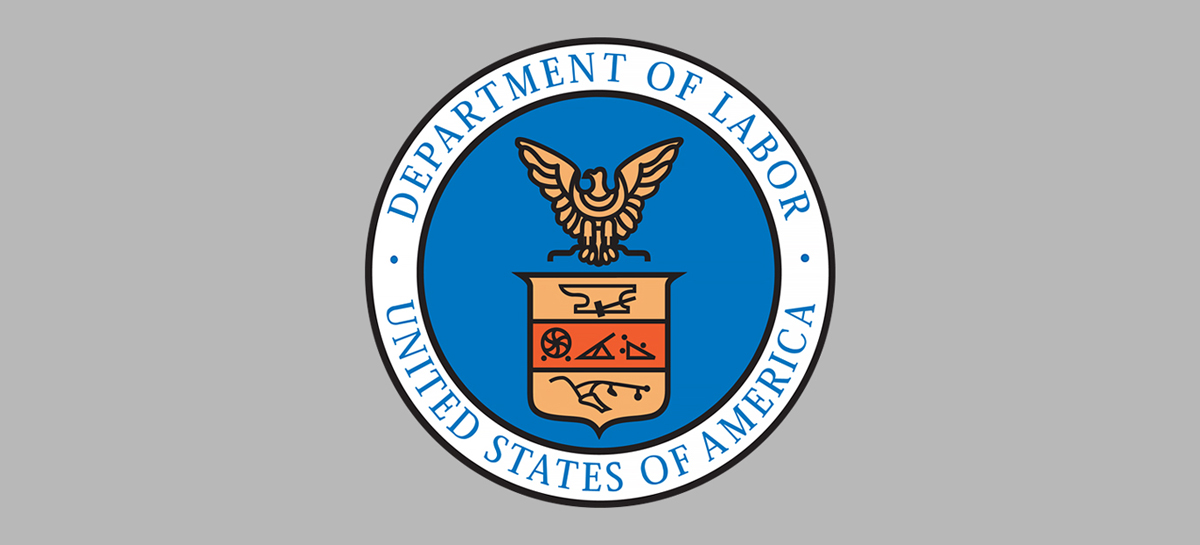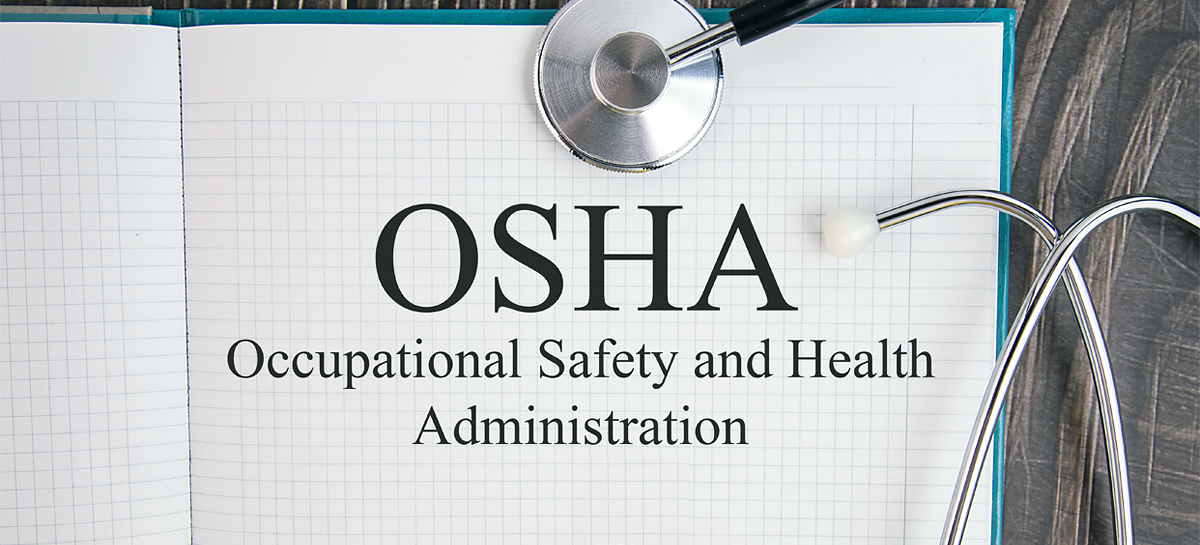
Employers are constantly looking for ways to attract and retain workers. These efforts often include tailoring benefits packages or adjusting compensation. While valuable offerings, these solutions don’t always address the needs of one critical workplace segment: part-time workers.
In some cases, part-time employees don’t qualify for benefits packages; in others, they are only offered limited perks. An obvious solution would be expanding all benefits to all employee segments, but that’s not feasible in many cases. Instead, employers can consider offering perks that speak directly to the unique needs of part-time workers. This article identifies two coveted workplace perks that part-time employees are looking for right now.





